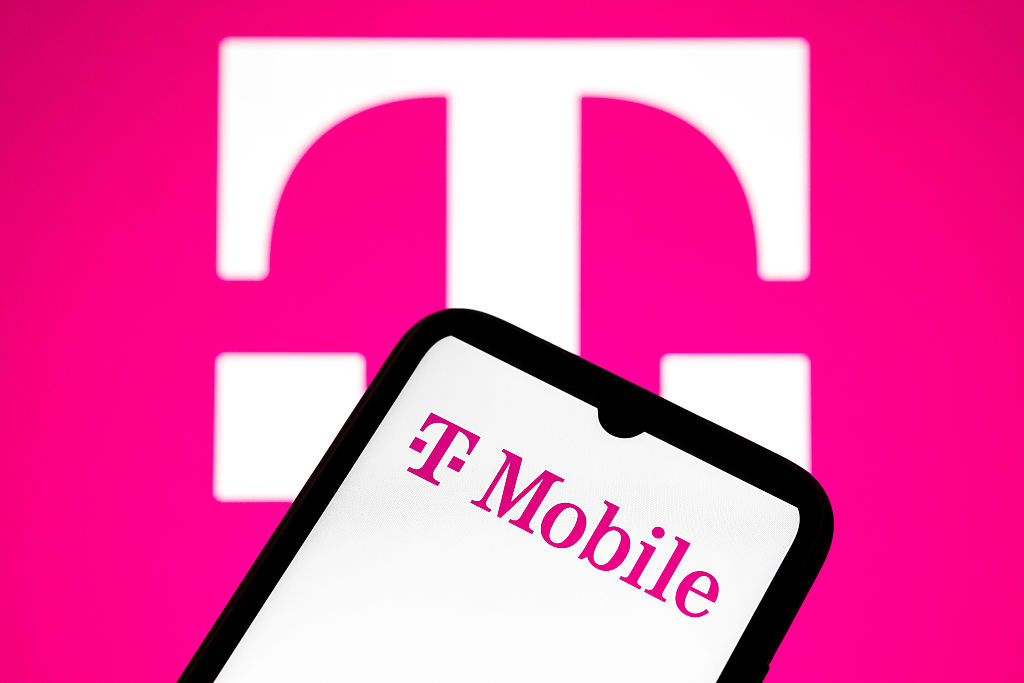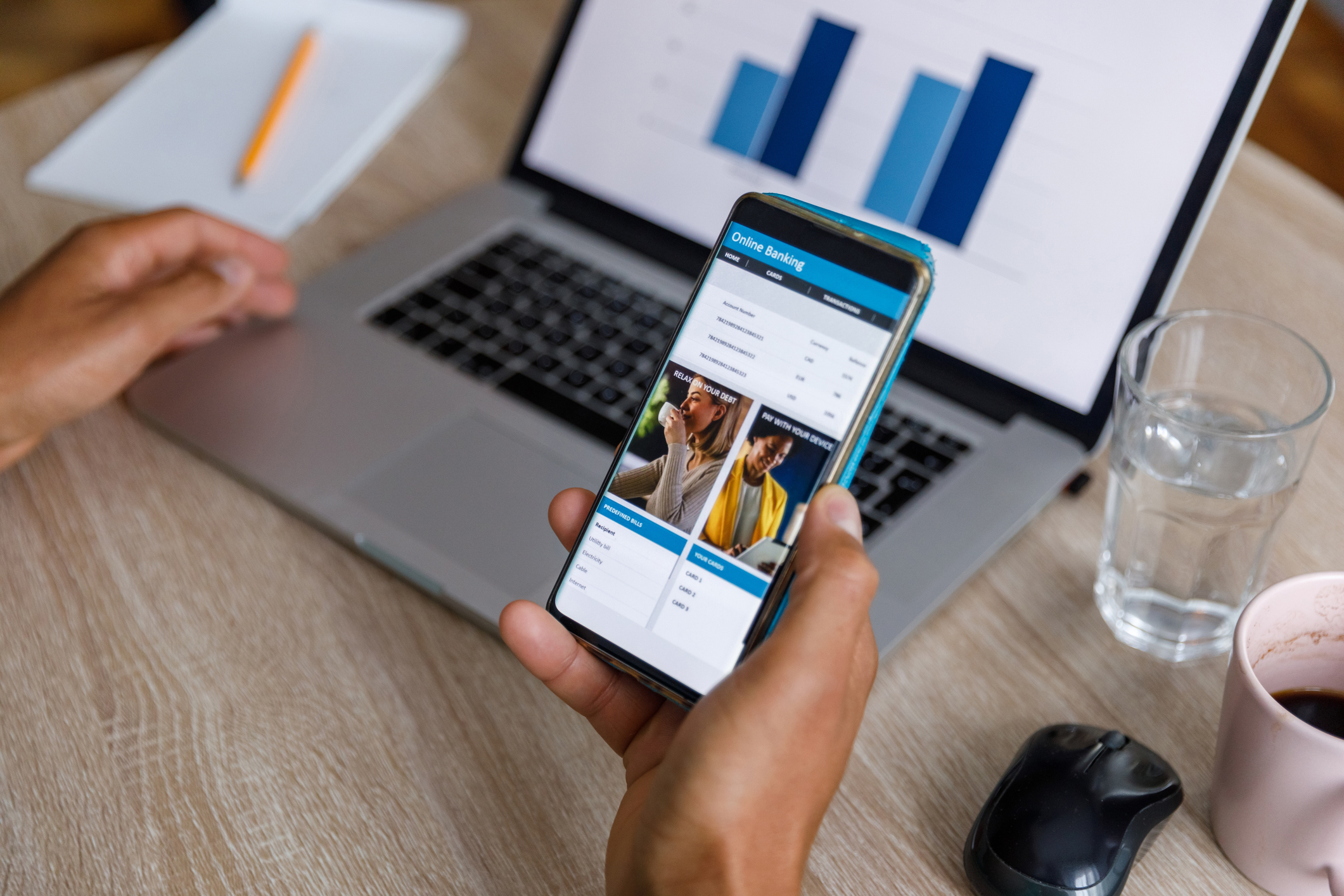Outsmarting the AI Job Algorithm: Why Older Women Need a Strategy
When you're job hunting, AI bias may undermine your best efforts. Here's how older women can throw a wrench in the algorithm.

Ellen B. Kennedy

As with almost any new technology, AI promises exciting new applications, while also posing significant threats. From environmental damage to economic upheaval, we're still untangling exactly what challenges we will face from AI.
One of the most serious problems AI poses for job seekers is the potential elimination of entire classes of jobs, as well as a reduction in demand for many white-collar positions. The issue is so contentious that Congress introduced a bipartisan bill that would require companies to report jobs lost due to AI to the Department of Labor.
The other way AI can mess with your job search? AI is notorious for both reflecting and perpetuating human biases, such as racism, sexism or agism. If you're an older woman seeking a job, it's essential to be aware of the latest research findings and take steps to mitigate them.
From just $107.88 $24.99 for Kiplinger Personal Finance
Become a smarter, better informed investor. Subscribe from just $107.88 $24.99, plus get up to 4 Special Issues

Sign up for Kiplinger’s Free Newsletters
Profit and prosper with the best of expert advice on investing, taxes, retirement, personal finance and more - straight to your e-mail.
Profit and prosper with the best of expert advice - straight to your e-mail.
AI absorbs stereotypes about working women
According to research published in Nature, advanced AI systems, known as large language models (LLMs), appear to have formulated some troubling ideas about what a working woman looks like and the types of jobs she can do.
Specifically, an analysis of large language models (LLMS) and millions of videos and images across the web revealed that when women are portrayed in different occupations and social roles, they're almost always depicted as being younger than men in the same positions.
While this is true across all jobs and scenarios, the researchers also found the biggest age gap in pictures depicting high-status, high-paying work. Moreover, this isn't an isolated problem of gender bias, as researchers were specifically looking for a "culture-wide trend."
The fact that LLMs had these misperceptions was especially troubling because the models didn't formulate the idea of which roles women fill by looking at pictures — the LLMs looked at words and still developed biases against older working women.
“Why would it be showing up in billions of words where there’s no visual presentation of people?” Douglas Guilbeault, the study's author and an assistant professor of organizational behavior at Stanford Graduate School of Business, said. “That is really suggesting it’s woven into the fabric of how we categorize and interpret people in the social world.”
In other words, our stereotypes of what men and women are good at, and which women belong in the workforce, are so baked in — despite decades of challenging those perceptions — that AI models now view women as less capable, and capable women as being young.
AI (and online images) are perpetuating these stereotypes
So, why does it matter that online images of success show men or young working women, or that LLMs think all women leaders are young and that women are less experienced than their male counterparts?
AI bias affects the real world
For one thing, many people spend all day online, forming their perceptions of the world based on the images they see. In fact, another recent study revealed that just 45 minutes of exposure to online pictures of people in various occupations altered people's perceptions of which gender is associated with specific jobs.
Furthermore, a growing number of companies are utilizing AI to review resumes, screen candidates, and even conduct interviews, which could make it harder for women to secure a seat at the table — and to retain the seats they've worked so hard to claim.
When AI writes resumes
In fact, when researchers asked ChatGPT to generate 34,500 unique resumes for 54 different jobs using traditionally male and female names, the resumes also depicted women as being less experienced and younger. Then, when ChatGPT was asked to evaluate resume quality, older men were given the highest ratings even in situations when fake male and female candidates had been given the exact same credentials from the start.
Women have long been the subject of age discrimination. Older women, who tend to live longer than men and often have less saved for retirement, may find themselves in a position where they need to work longer than their male counterparts.
If AI is screening them out, and they're facing hiring managers who have spent years online having their perceptions of professionals shaped by biased images, what chance do they have of fair treatment in the workforce?
How can you beat the AI algorithm?
AI isn't going anywhere, and the reality is that its role in screening job candidates will only grow. That's a problem for employers and society to address, but in the meantime, how can you beat an AI algorithm to get the job you want?
One of the simplest ways to combat AI bias is to limit the recruitment tool's ability to stereotype you. As Leslie Stevens-Huffman writes in Dice, "Consider removing your full address and specific dates from the education and work‑history sections of your résumé, online profiles, and digital portfolio. AI scans all of them, and together they shape the algorithm's picture of you."
You should also study how to navigate AI screens and develop a resume that will help you succeed. "There are tools to help you 'see' your resume the way an AI screener might, says NYU journalism professor Hilke Schellmann. "Sites like Jobscan and others allow you to input a job description and compare your resume to that description to see if your resume matches the role. But beware of looking too good on paper."
Older female job seekers often have to go the extra mile to get past AI-screening tools. For example, you can get a foot in the door by developing a robust network, joining industry associations or pursuing additional certifications.
Hopefully, over time, those developing AI models can find smarter ways to avoid bias. But, until that day comes, this may be just another hurdle that has to be overcome.
Read More
- I Tried a New AI Tool to Answer One of the Hardest Retirement Questions We All Face
- The Seven Best-Paying Side Gigs in Retirement
- Best Jobs for Retirees
- Is a 'Working Retirement' the Key to Happiness for Men?
Profit and prosper with the best of Kiplinger's advice on investing, taxes, retirement, personal finance and much more. Delivered daily. Enter your email in the box and click Sign Me Up.

Christy Bieber is an experienced personal finance and legal writer who has been writing since 2008. She has been published by Forbes, CNN, WSJ Buyside, Motley Fool, and many other online sites. She has a JD from UCLA and a degree in English, Media, and Communications from the University of Rochester.
- Ellen B. KennedyRetirement Editor, Kiplinger.com
-
 The Retirement Donor's Checklist: Key Deadlines by Gift Type
The Retirement Donor's Checklist: Key Deadlines by Gift TypeRetirees have some charitable contribution options that can help avoid spikes in income from RMDS and capital gains.
-
 Cooler Inflation Supports a Relief Rally: Stock Market Today
Cooler Inflation Supports a Relief Rally: Stock Market TodayInvestors, traders and speculators welcome much-better-than-hoped-for core CPI data on top of optimism-renewing AI earnings.
-
 Are T-Mobile's Prepaid Perks a Home Run or a Strikeout?
Are T-Mobile's Prepaid Perks a Home Run or a Strikeout?T-Mobile's prepaid lineup promises MLB.TV, T-Mobile Tuesdays and hotspot data. But do the perks make it worth switching?
-
 The Retirement Donor's Checklist: Key Deadlines by Gift Type
The Retirement Donor's Checklist: Key Deadlines by Gift TypeRetirees have some charitable contribution options that can help avoid spikes in income from RMDS and capital gains.
-
 The November CPI Report Is Out. Here's What It Means for Rising Prices
The November CPI Report Is Out. Here's What It Means for Rising PricesThe November CPI report came in lighter than expected, but the delayed data give an incomplete picture of inflation, say economists.
-
 Online Banks Still Lead on Rates, But Is Switching Worth it Now?
Online Banks Still Lead on Rates, But Is Switching Worth it Now?As interest rates trend down, online banks keep an edge on yields, but service, access and flexibility still matter. Here’s how the trade-offs stack up.
-
 I'm 73, Retired, and Dreading Winter, But I Can't Afford to Be a Snowbird. Help!
I'm 73, Retired, and Dreading Winter, But I Can't Afford to Be a Snowbird. Help!How can a snowbird wannabe warm up without the expense? We asked professional wealth planners for advice.
-
 5 Smart Things to Do With Your Year-End Bonus, From a Financial Professional
5 Smart Things to Do With Your Year-End Bonus, From a Financial ProfessionalAfter you indulge your urge to splurge on a treat, consider doing adult things with the extra cash, like paying down debt, but also setting up a "fun fund."
-
 Are You a Gen X Investor? Here's How You Can Protect Your Portfolio From an AI Bubble
Are You a Gen X Investor? Here's How You Can Protect Your Portfolio From an AI BubbleAmid talk of an AI bubble, what's the best course of action for investors in their 50s and 60s, whose retirement savings are at risk from major market declines?
-
 Hey, Retirees: Put Your Charitable Gifts in a Donor-Advised Fund (and Enjoy Your Tax Break)
Hey, Retirees: Put Your Charitable Gifts in a Donor-Advised Fund (and Enjoy Your Tax Break)A donor-advised fund is a simple (really!), tax-smart strategy that lets you contribute a large, tax-deductible gift now and then distribute grants over time.
-
 23 Last-Minute Gifts That Still Arrive Before Christmas
23 Last-Minute Gifts That Still Arrive Before ChristmasScrambling to cross those last few names off your list? Here are 23 last-minute gifts that you can still get in time for Christmas.